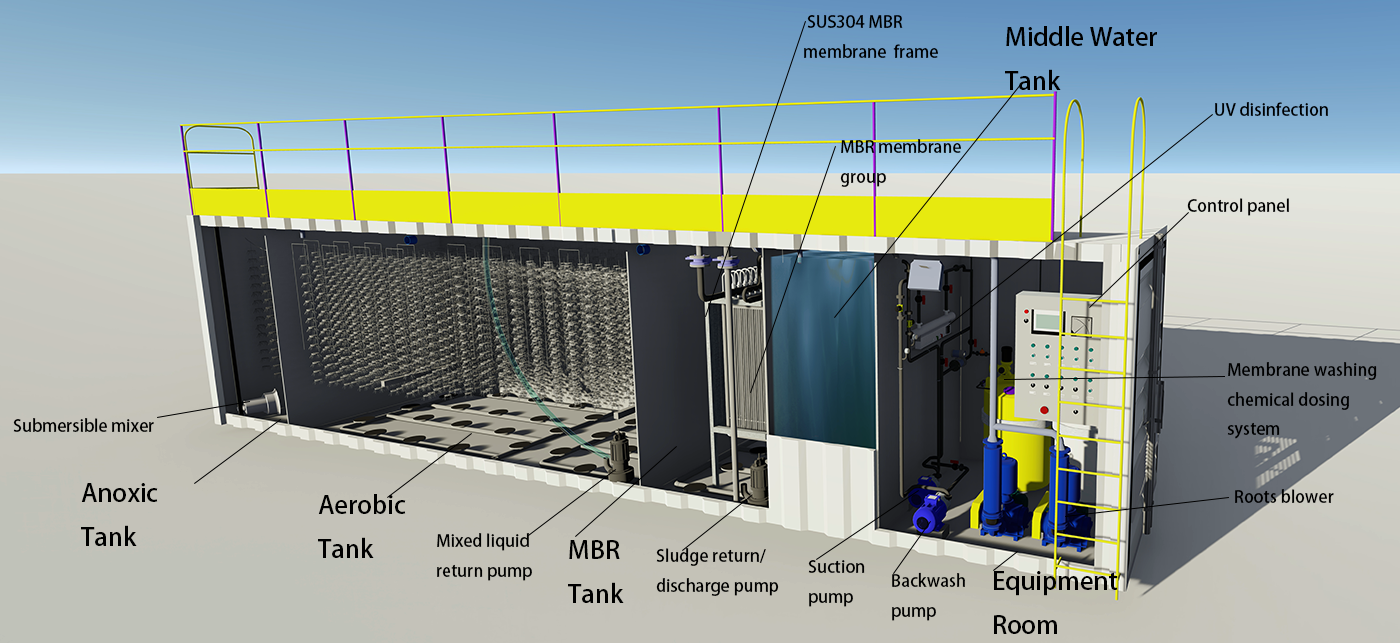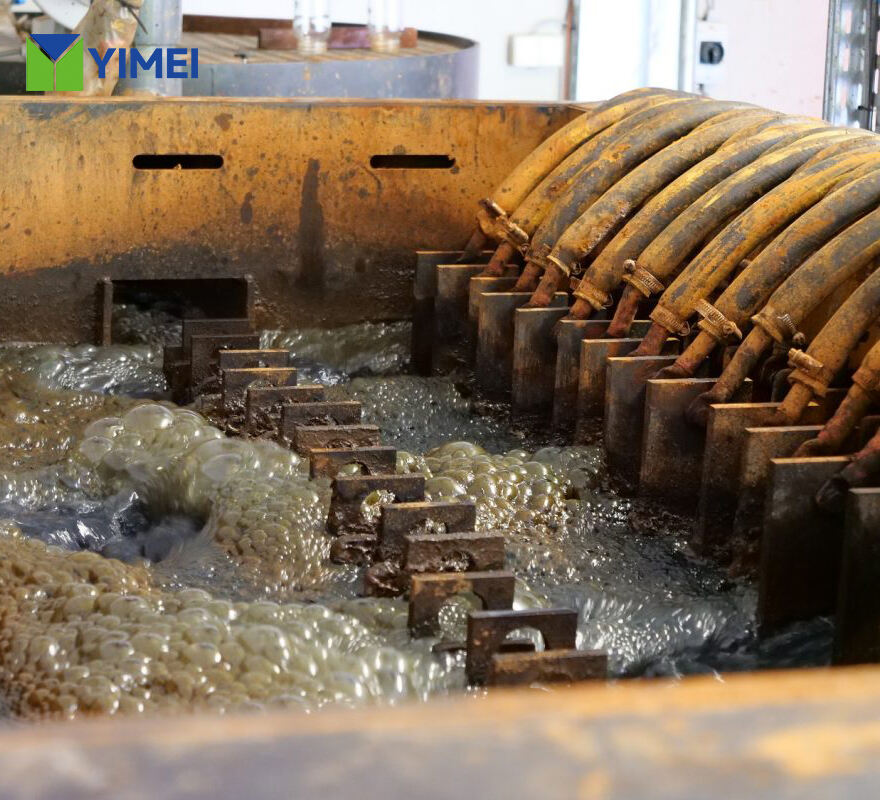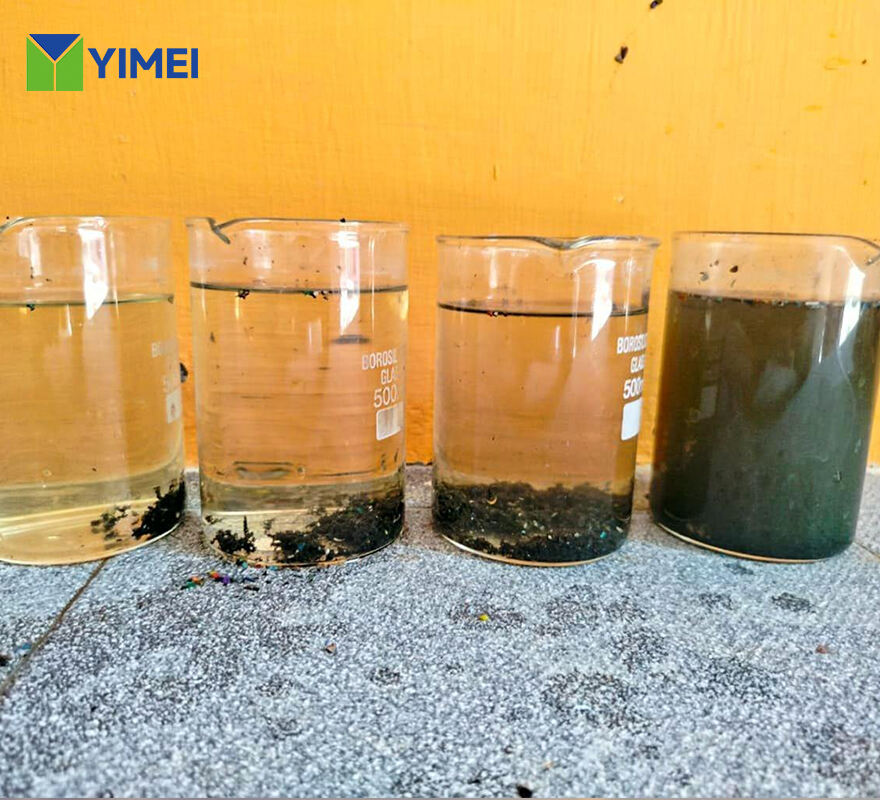1. Introduction
Threats to clean water supply in 2025, driven by population growth, climate change, and pollution, highlight the necessity for effective wastewater treatment. This includes, but is not limited to, threats posed by water contaminants such as industrial sewage and municipal wastewater to public health and ecosystems, necessitating the application of appropriate treatment methods. This article outlines both conventional and emerging technologies in wastewater treatment. Established techniques like the activated sludge process and electrocoagulation are discussed, alongside novel methods such as advanced oxidation, ultraviolet disinfection, me mbrane bioreactors, reverse osmosis, AI optimization, and super-filtration systems. Furthermore, while real-time monitoring and automation can further enhance treatment efficiency, challenges remain in areas like sludge handling, land requirements, and long-term system maintenance. Balancing technological solutions, environmental protection, and economic feasibility is crucial for sustainable wastewater management, ensuring continued access to clean water amidst growing demand for this vital resource.
2. Research Methods
This study employs a system atic literature review and incorporates practical experience from corporate wastewater treatment operations. A comprehensive search of research databases was conducted to screen studies discussing both traditional and advanced wastewater treatment systems. Key information was extracted from technology tables. Additionally, data collected from the company's water treatment laboratory were analyzed and evaluated through comparison with other effective practices.
3. Conventional Wastewater Treatment Methods
3.1 Overview
Conventional wastewater treatment technologies, such as preliminary, primary, secondary, and tertiary treatment, are commonly used to remove contaminants from wastewater. The shared goal of these methods is to reduce various pollutants present in wastewater, including heavy metals, inorganic metallic substances, organic matter, disinfection by-products, and microbial chemicals.
3.2 Limitations of Conventional Methods
Primary treatment methods may not thoroughly eliminate contaminants from wastewater, including microbial compounds, heavy metals, and disinfection by-products. Recent attention has also focused on the environmental impact of conventional technologies. The adaptability of conventional treatment methods is crucial for handling varying influent compositions, especially in coping with potential stresses caused by fluctuations in industrial discharges. Reliance on large-scale infrastructure and significant land requirements limit their applicability in densely populated urban areas.
3.3 The Need for Technological Advancement
The constantly evolving spectrum of pollutants in wastewater underscores the necessity for continuous innovation and the integration of advanced treatment methods. Within current discussions on wastewater management, prioritizing research and development is crucial to overcome these limitations and ensure treatment systems can address emerging environmental challenges. Consequently, there is a growing demand for alternative methods that can enhance efficiency, reduce costs, and improve environmental sustainability. Strict regulations and substantial fines for violations of wastewater discharge limits are driving the development of cutting-edge treatment methods in the industrial sector.
4. The Role of Technology in Wastewater Treatment
Technology plays a vital role in wastewater treatment, providing effective and sustainable methods for removing impurities and contaminants from water sources. Various technologies are employed in wastewater treatment, including chemical, physical, and biological processes. One such approach utilizes anaerobic and aerobic treatment methods, renowned for their environmental friendliness and cost-effectiveness. Particularly, low-energy consumption anaerobic technology has been widely applied in organic wastewater treatment.
Novel wastewater treatment methods encompass a range of technologies, including ozone generation via water electrolysis, electrocoagulation, nanotechnology, and membrane technology. The primary objective of these technologies is the removal of toxic pollutants from wastewater, such as viruses, bacteria, heavy metals, pharmaceuticals, hormones, synthetic dyes, and flame retardants.
5. Advanced Wastewater Treatment Technologies
5.1 Membrane Technology
Compared to conventional methods, membrane technology operates without the need for chemical additives, making it an environmentally friendly option that contributes to sustainable development. In medical applications, membrane technology is essential for processes like hemodialysis, used to remove toxins from blood. Furthermore, artificial lungs utilize membrane technology to facilitate oxygen transfer without generating bubbles, highlighting the technology's importance in healthcare and its potential to improve patient outcomes.
Greywater, textile wastewater, paper mill effluent, pharmaceutical wastewater, and hospital wastewater are examples of industrial effluents that can be efficiently treated using membrane technology. These advanced treatment methods can remove a wide range of pollutants, purifying water quality to meet discharge standards.
Slightly contaminated wastewater from sinks, showers, and laundry (greywater) can be effectively treated using a combination of Membrane Bioreactors (MBR) and Reverse Osmosis (RO) systems with ultrasonic welding for plastic pipes. After treatment, water is separated from biomass through the membrane filtration process in the MBR. Subsequently, the purified water undergoes further treatment via RO to remove salts and organic matter. This hybrid system ensures the treated water meets stringent standards for various reuse applications, such as toilet flushing, irrigation, and other non-potable uses.
5.2 Advanced Oxidation Processes (AOPs)
AOPs represent an efficient and environmentally friendly wastewater treatment technology that utilizes powerful oxidants to rapidly and effectively degrade organic and inorganic pollutants in wastewater. Advantages of these processes for treating contaminants resistant to conventional treatment methods include the ability to handle a wide variety of pollutants, the potential for complete mineralization, and the capability to degrade persistent organic pollutants. However, AOPs also have some disadvantages, such as high energy consumption, the need for catalysts or chemicals, and the potential formation of harmful by-products. The effectiveness of AOPs in mineralizing contaminants or degrading them into non-toxic end products makes them suitable for various wastewater streams.
5.3 Biological Treatment Methods
Advanced wastewater treatment technologies based on biological processes include Sequential Batch Reactors (SBR), Moving Bed Biofilm Reactors (MBBR), and Membrane Bioreactors (MBR). SBRs, operating at laboratory scale, have proven effective in removing contaminants from commercial products, such as benzophenone-n (BPs), particularly with extended Hydraulic Retention Time (HRT) and reaction phases.<sup>186</sup> MBBRs utilize biofilms to remove pollutants and have demonstrated excellent performance in treating dairy wastewater, showcasing their remarkable capability in removing organic matter and nutrients.<sup>187,188</sup> MBRs combine membrane filtration with biological treatment to produce high-quality effluent. They have been used to treat greywater and have shown significant removal efficiency for pollutants like Total Suspended Solids (TSS) and Chemical Oxygen Demand (COD).

5.4 Electrocoagulation
Electrocoagulation is a physicochemical treatment technology with unique advantages. It uses an external power source and soluble anodes (typically iron or aluminum), applying direct current to wastewater to initiate a series of electrochemical reactions that purify water quality. It is particularly suitable for treating industrial wastewater with complex compositions that are difficult to biodegrade.
Metals (e.g., Fe or Al) on the anode undergo oxidation under electric current, dissolving to form metal cations (e.g., Fe²⁺, Al³⁺). These cations further hydrolyze in water to generate various hydroxide flocculants, such as Fe(OH)₂, Fe(OH)₃, Al(OH)₃. The positively charged hydroxide colloids interact with negatively charged colloidal pollutants in the water through electro-neutralization, forming larger flocs (floccules) via mechanisms like adsorption, entrapment, and sweep coagulation, facilitating subsequent sedimentation or flotation separation.

6. Conclusion
The issue of water scarcity stems from factors like population growth and climate change. Wastewater treatment is a key measure for safeguarding human health and the broader environment. However, efforts to improve water quality and treatment struggle to keep pace with rapidly developing communities. Human activities, including the introduction of pollutants from industrial production, have complex impacts on water resources, thereby exacerbating water challenges. This article has explored the applications, advantages, limitations, environmental impacts, economic feasibility, and integration potential of various wastewater treatment technologies. Each technology has its own strengths and weaknesses, but the appropriate choice depends on the wastewater composition. Effective management of wastewater treatment requires a delicate balance between technological innovation, environmental protection, and economic viability. Comprehensively addressing these multi-faceted challenges is essential for mitigating the adverse effects of water scarcity and ensuring the well-being of both the environment and communities.
FAQ
How to effectively treat wastewater with maximum cost savings? Choose - YIMEI Environment
On-site subsequent treatment not only saves costs but also offers more benefits.
Our wastewater treatment systems provide the most effective solution tailored to your effluent quality standards.
This is supported by our completed global benchmark project bases.
It can minimize the total amount of sludge requiring dewatering and transportation. Depending on your plant's operational mode, this can lead not only to cost savings but also to energy conservation and reduced emissions.
Please click here for more inquiries.


Copyright © Qingdao Yimei Environment Project Co., Ltd. All Rights Reserved Privacy policy